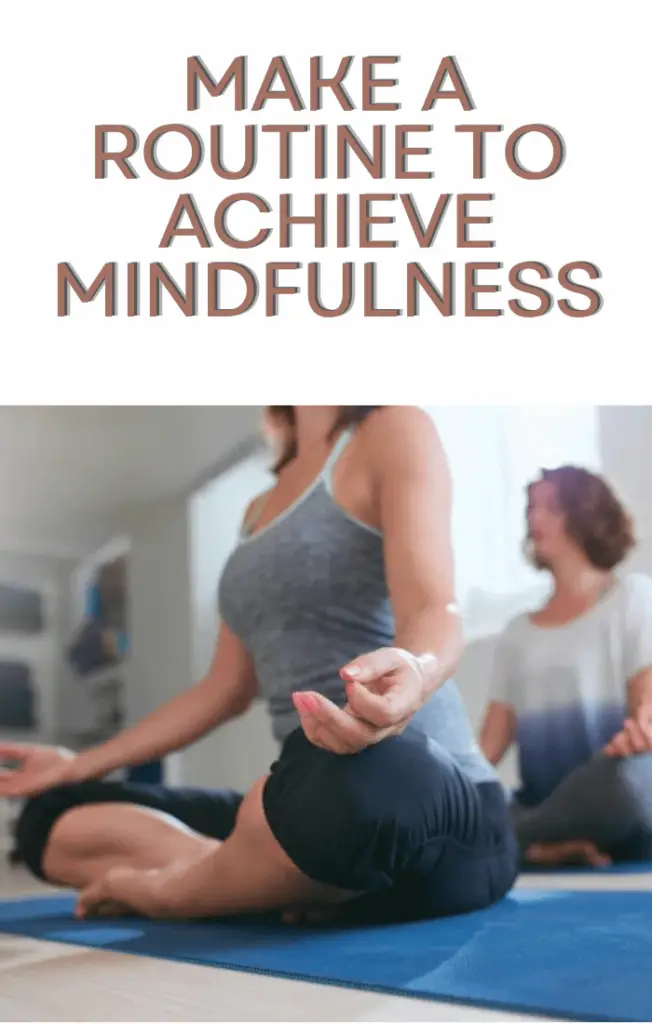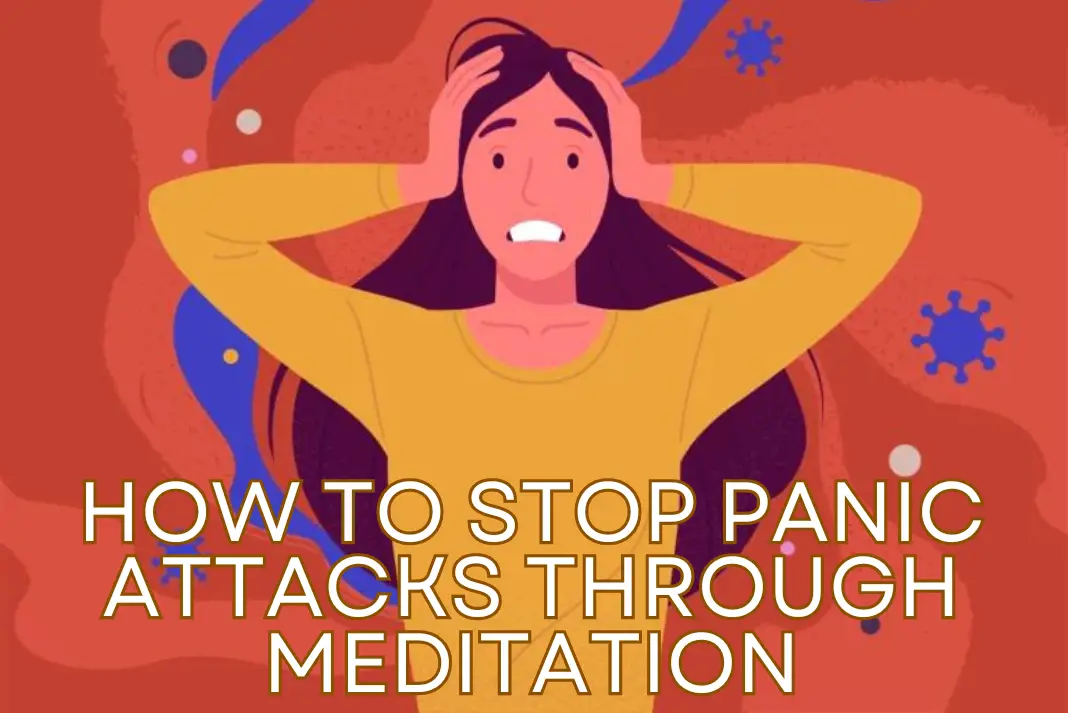In the hustle and bustle of modern day life, the superiority of panic assaults has turned out to be an increasingly hard factor in intellectual fitness. These unexpected and overwhelming bouts of tension can disrupt everyday life and well-being. However, in the realm of mindfulness and self-care, there exists a powerful antidote – meditation.
This manual aims to be a beacon of tranquility, offering insights on how to stop panic attacks through meditation. Embark on an adventure of self-discovery and serenity as we delve into the transformative ability that meditation holds for attaining a nation of calm amidst existence’s storms.
Table of Contents
Understanding Panic Attacks
Panic attacks are extreme episodes of fear or anxiety that can take place, overwhelming a man or woman with a feeling of forthcoming doom. These episodes frequently include bodily signs including a racing coronary heart, shortness of breath, trembling, and a sense of dropping manage. Understanding the triggers and underlying mechanisms of panic attacks is crucial in addressing and stopping them.
While panic assaults vary from person to man or woman, common triggers include stress, fundamental existence modifications, or even particular phobias. Recognizing the signs and symptoms early is important for enforcing powerful coping techniques, and this manual will explore how meditation can be a valuable device in this endeavor.
The Power of Meditation
Meditation, a historical exercise with roots in various cultures, has emerged as an effective tool for promoting intellectual well-being in our cutting-edge, fast-paced lives. It encompasses more than a few techniques designed to decorate mindfulness, cognizance, and rest. The transformative blessings of meditation amplify past strain discounts, supplying individuals with a profound manner to connect with their inner selves and cultivate an experience of calm amidst life’s challenges.
Scientific studies have an increasing number of recognized meditation as a valuable element in mental fitness management, highlighting its potential to alleviate tension, enhance emotional resilience, and, drastically, play a function in stopping panic assaults. This phase explores the inherent electricity of meditation and its capacity to result in a positive shift in mental and emotional states.
Choosing the Right Meditation Techniques
Selecting the appropriate meditation techniques is a personalized journey, as individuals may resonate differently with various methods. This section guides readers through different meditation practices, helping them explore and identify the techniques that align with their preferences and needs.
Mindfulness Meditation:
Focus on the present moment.
Pay attention to your breath and physical sensations.
Acknowledge thoughts without judgment.
Gradually bring consciousness back to the breath.
Loving-Kindness Meditation (Metta):
Cultivate emotions of compassion and love.
Direct advantageous thoughts toward oneself and others.
Repeat affirmations of goodwill and kindness.
Use a mantra for centered concentration.
Sit simply with closed eyes.
Allow the mind to transcend everyday ideas.
Imagine a peaceful and calming scene.
Engage all senses inside the visualization.
Picture an area that brings an experience of tranquility.
Concentrate on deep, rhythmic respiratory.
Inhale and exhale deliberately and slowly.
Redirect interest to the breath when the thoughts wander.
Systematically attention on every part of the frame.
Release anxiety and loosen up muscle tissues consciously.
Foster a heightened focus on bodily sensations.
Sit effectively with proper posture.
Focus on breath or a component of gift awareness.
Allow thoughts to pass without attachment.
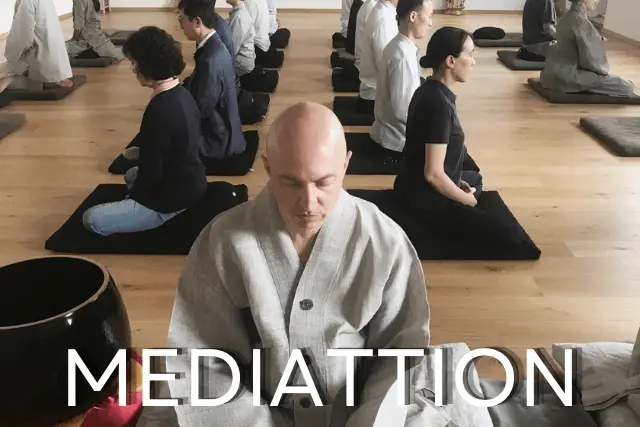
Creating a Meditation Routine
Establishing a meditation routine involves finding a balance between structure and flexibility. Tailor your practice to align with your preferences and lifestyle, and remember that the journey toward a consistent routine is as valuable as the destination.
Set Clear Intentions:
Define your purpose for meditation (strain alleviation, anxiety management, and so on.).
Clarify possible dreams to manual your exercise.
Choose a Consistent Time:
Select a time that fits your each day schedule.
Consistency fosters habit formation.
Designate a Quiet Space:
Create peaceful surroundings unfastened by distractions.
Consider adding factors like candles or soothing songs.
Start with Short Sessions:
Begin with quick meditation classes (five-10 minutes).
Gradually enlarge the duration as you come to be more snug.
Combine Meditation with Daily Habits:
Integrate meditation into current workouts (e.g., morning or bedtime).
Linking meditation to established habits aids consistency.
Rack Your Progress:
Maintain a meditation magazine to log reports.
Monitor changes in mood, pressure tiers, and standard nicely-being.
Include Mindfulness in Daily Activities:
Extend mindfulness to day-by-day obligations (consuming, walking, and many others.).
Integrate attention into ordinary sports.
Mindful Breathing Techniques
Deep Abdominal Breathing:
Find a cushy sitting or mendacity role.
Inhale deeply via your nose, expanding your diaphragm.
Exhale slowly through your mouth, focusing on the breath.
Inhale quietly through your nose for a depend of four.
Hold your breath for a count of seven.
Exhale completely through your mouth for a matter of 8.
Repeat the cycle.
Box Breathing:
Inhale slowly thru your nostril for a count number of 4.
Hold your breath for a remember of four.
Exhale slowly via your mouth for a count of 4.
Pause without breathing for a count of 4.
Repeat the technique.
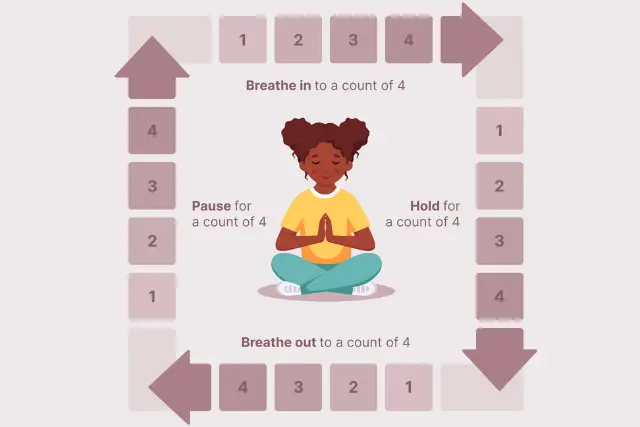
Mindful Breathing with Counting:
Inhale slowly, counting to a cushy range (e.g., four).
Hold your breath for the identical count number.
Exhale completely for the equal count.
Maintain a rhythmic and regular tempo.
Breath Awareness Meditation:
Sit or lie down in a comfortable role.
Focus your interest at the natural go with the flow of your breath.
Notice the sensation of the breath getting into and leaving your frame.
Gently carry your attention lower back to the breath in case your thoughts wander.
Inhale deeply through your nostril.
Exhale audibly through your barely closed mouth, creating a gentle “ocean” sound.
Focus on the sound and rhythm of your breath.
Practice these mindful respiratory techniques regularly to domesticate a sense of calm and centeredness. Experiment with distinct strategies to discover which of them resonate maximum with you, and include them into your day-by-day ordinary for greater well-being.
Mindfulness Meditation for Panic Attacks
Mindfulness meditation is a powerful device for coping with panic attacks, providing a pathway to cultivate cognizance and regain manipulate over your mind and frame. Here’s how you may exercise mindfulness meditation for panic attacks:
Sit Comfortably:
Find a quiet space and take a seat in a snug position.
Rest your fingers in your lap or knees.
Focus on Your Breath:
Close your eyes and flip your interest for your breath.
Inhale deeply through your nose, feeling your lungs expand.
Exhale slowly through your mouth, liberating anxiety.
Gradually experiment with your body from head to toe.
Notice any areas of tension or pain.
Non-Judgmental Awareness:
Allow your mind and emotions to come back and go without judgment.
Be an observer, acknowledging sensations without attachment.
Grounding Techniques:
Connect with the existing moment by focusing on your senses.
Feel the ground beneath you, observe any sounds, and be aware of your environment.
Loving-Kindness Meditation:
Extend compassion to yourself and others.
Repeat terms like “May I be secure, may also I be relaxed” silently.
Practice Regularly:
Consistency is fundamental. Aim for daily mindfulness classes.
As you end up greater adept, you could adapt the exercise to suit your wishes.
Progressive Muscle Relaxation (PMR)
Progressive Muscle Relaxation (PMR) is a structured relaxation technique that proves effective in managing panic attacks by systematically tensing and then releasing various muscle groups. The process begins with finding a comfortable position, followed by focusing on individual muscle groups, starting from the toes and working up the body. Tension and release are integral to the technique, where each muscle group is deliberately tensed for a brief period before being completely released, promoting relaxation.
Mindful breathing is synchronized with this process, enhancing the overall calming effect. By moving through the entire body and concluding with a focus on whole-body relaxation, PMR induces a profound sense of calmness. Regular practice, especially during moments of stress, integrates PMR into one’s routine and contributes to enhanced overall relaxation. Both mindfulness meditation and PMR offer a comprehensive approach to cultivating mental and physical well-being, with consistent practice maximizing their effectiveness over time.
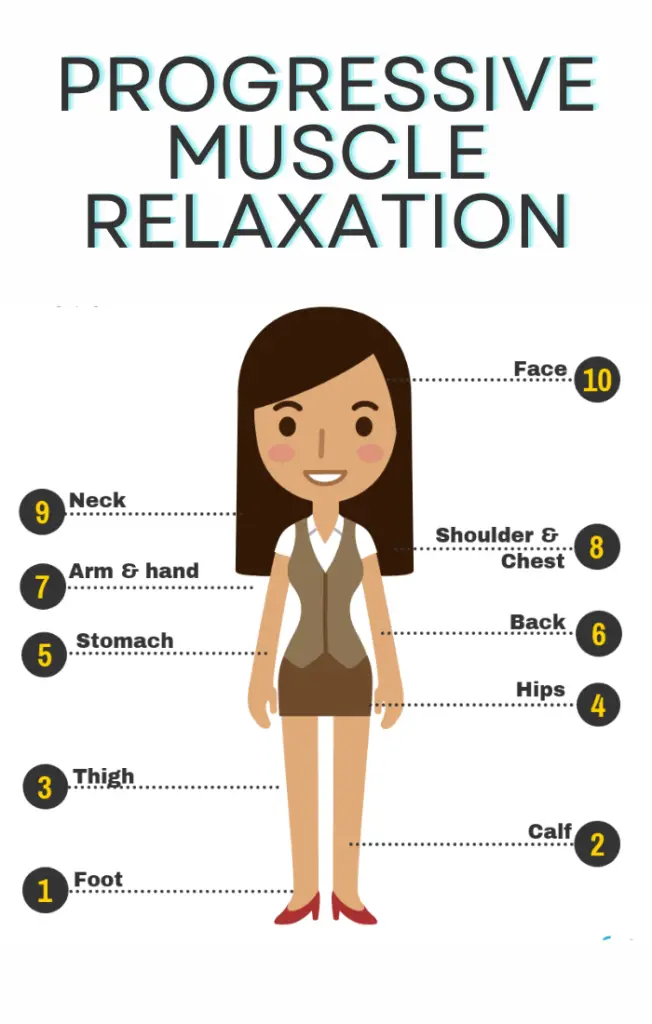
Combining Meditation with Lifestyle Changes
Incorporate normal physical activity into your routine, along with strolling, strolling, or yoga.
Exercise promotes typical well-being and enables in dealing with pressure, a contributing element to panic attacks.
Balanced Nutrition:
Maintain a wholesome and balanced food regimen rich in vitamins.
Include ingredients that aid intellectual fitness, which includes the ones containing omega-three fatty acids and antioxidants.
Prioritize the best sleep by organizing a steady sleep ordinary.
Lack of sleep can exacerbate anxiety and strain, making it essential for average well-being.
Hydration:
Stay adequately hydrated during the day.
Dehydration can make a contribution to feelings of fatigue and stress, impacting intellectual fitness.
Mindful Eating:
Practice conscious consuming by way of taking note of the sensory revel in of eating.
Avoid multitasking for the duration of food and relish every chew.
Learn and implement pressure control techniques which include deep respiratory, progressive muscle relaxation, or mindfulness meditation.
These techniques complement meditation and contribute to a holistic pressure-reduction approach.
Hobbies and Leisure Activities:
Engage in pastimes or amusement activities that carry pleasure and relaxation.
Creative hobbies and fun pastimes contribute undoubtedly to mental fitness.
By incorporating those lifestyle changes along with a meditation exercise, people can create a supportive surrounding for dealing with stress, lowering the frequency and intensity of panic attacks, and promoting usual intellectual health.
Seeking Professional Guidance
Seeking expert steering is a critical step in efficaciously managing panic assaults through meditation and lifestyle changes. Consulting with intellectual health specialists, inclusive of therapists or counselors, offers customized insights and strategies tailor-made to a person’s desires. These professionals can help pick out underlying triggers and offer steerage on incorporating specific meditation strategies right into a holistic treatment plan.
Additionally, healthcare providers can deal with any potential scientific issues and collaborate on way-of-life modifications that supplement meditation practices. Professional guide now not only guarantees a comprehensive method but also foster supportive surroundings for people navigating the demanding situations of panic assaults. The know-how and steering supplied by mental fitness professionals play a pivotal function in enhancing the effectiveness of meditation and lifestyle modifications as equipment for handling panic assaults.
Conclusion
In the labyrinth of modern lifestyles, in which stress and tension frequently loom massive, this manual stands as a beacon of desire and practicality. By exploring the tricky panorama of panic assaults and delving into the transformative capability of meditation, we have unveiled a roadmap for people looking for serenity amidst life’s storms. Meditation, with its ancient roots and scientifically identified advantages, emerges as a mighty antidote.
From mindfulness to loving-kindness meditation and Progressive Muscle Relaxation, each method gives a completely unique pathway to calmness. Combining meditation with lifestyle adjustments similarly fortifies this adventure, emphasizing the importance of workouts, vitamins, sleep, and strain control. Seeking professional steering turns into a pivotal step, in improving the effectiveness of those gear. This guide encapsulates no longer only a collection of practices but a holistic technique to studying serenity, supplying a compass for individuals to navigate through the challenges of panic attacks towards a country of enduring well-being.
